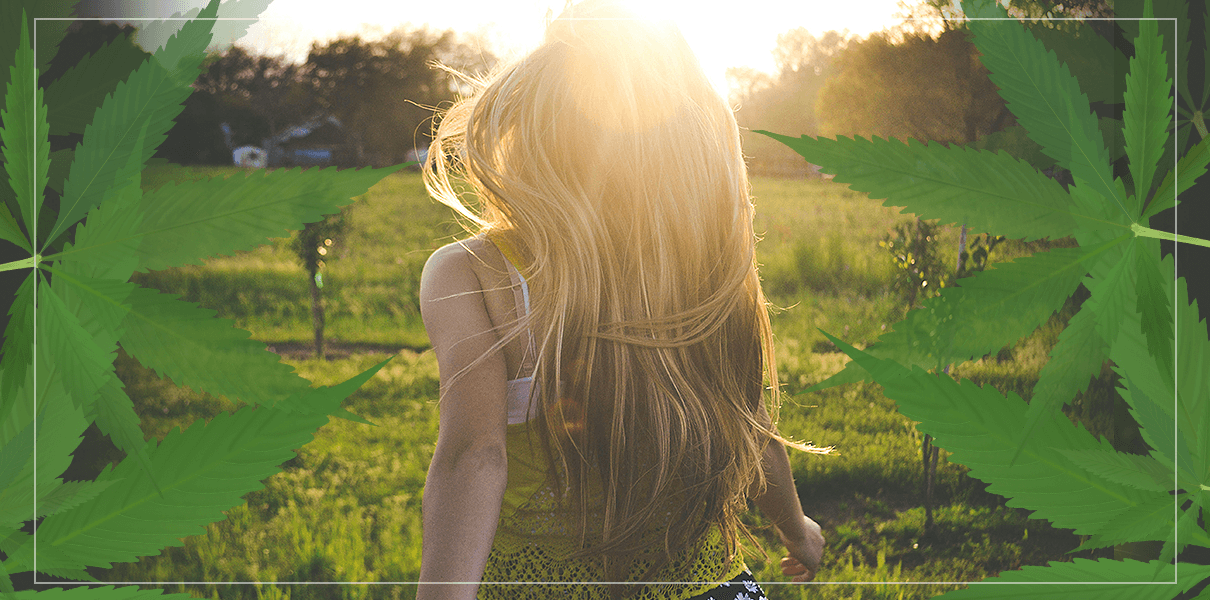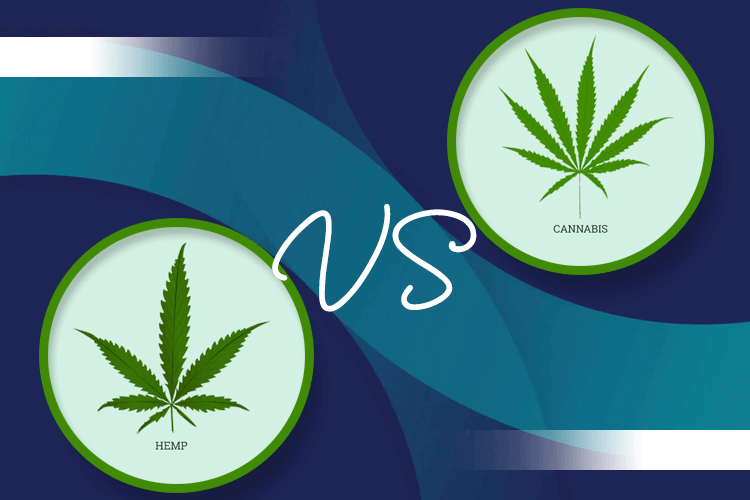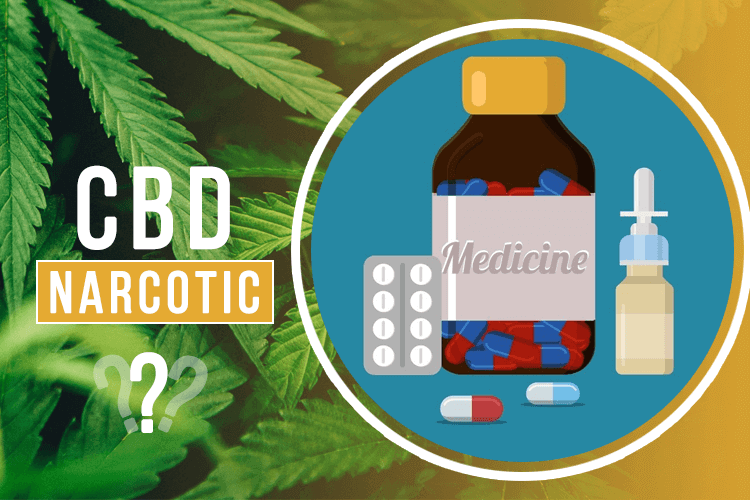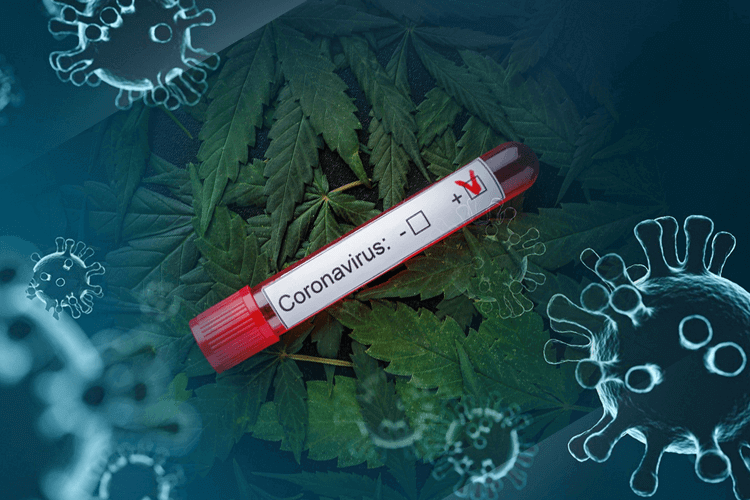The uncertainty of the situation is just one of the many things to be worried about. The biggest cause for concern is still the ruthlessness of COVID-19. As of this posting, there are more than 25 million cases worldwide. While more than 17 million people already recovered, the virus still took more than 8,00,000 lives and continues to do so.
Experts remain unrelenting in their search for the final solution to adequately combat the condition. Clinical trials for vaccines are non-stop. But scientists and researchers are also looking into the possibility of cannabidiol as a treatment option for people stricken with COVID-19.
COVID-19 is a speedily growing global menace that has been declared as a pandemic by the World Health Organization (WHO). And recently, according to researchers, cannabidiol, also known as CBD, may aid in reducing the cytokine storm and excessive lung inflammation caused by COVID-19 and killing a number of affected people.
While more work is needed, including clinical trials to determine optimal dosage and timing, before CBD becomes part of the treatment for COVID-19. Carried out by researchers at the Medical College of Georgia and Dental College of Georgia and have initial evidence that it could help those patients who are showing signs of respiratory distress. The study shows that CBD could help patients with COVID-19 who show signs of respiratory distress to avoid critical interventions like mechanical ventilation as well as death from acute respiratory distress syndrome (ARDS). The researchers state that clinical trials to define optimal dosage and timing are needed before CBD becomes part of the treatment for COVID-19.
What is ARDS in COVID-19
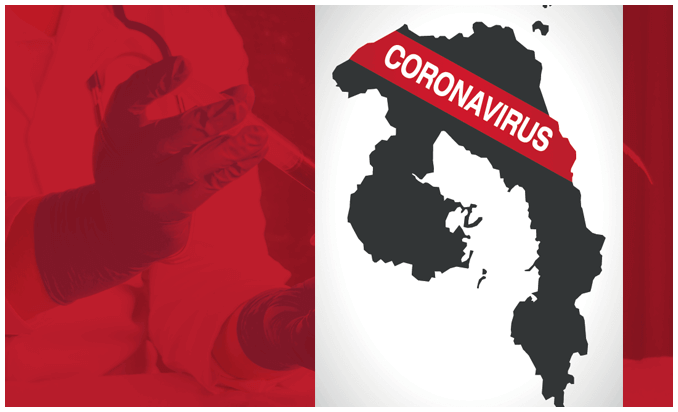
COVID-19 is spread through direct contact or droplets and infects the respiratory tract, which can cause pneumonia in most of the cases. The acute respiratory distress syndrome (ARDS) in about 15 percent of the cases are already verified. The cause of mortality in COVID-19 patients has been linked to the presence of the commonly called “cytokine storm,” which is induced by the virus. Too much production of proinflammatory cytokines results in acute respiratory distress syndrome (ARDS) aggravation and extensive tissue damage, which can result in multiple organ failure and even death. Targeting cytokines during the treatment of COVID-19 patients could improve survival rates and reduce the rate of mortality.
ARDS is a rapid, severe infection of the lungs that appears in widespread inflammation, rapid breathing, shortness of breath, and the inability to sustain adequate oxygen levels to the brain and body. Difficulty in breathing and shortness of breath are some of the early signs of COVID-19. ARDS is a major cause of death in patients who are critically ill for a variety of reasons, including common sepsis and now due to COVID-19 infection.
The studies conducted by the researchers have indicated that the use of a pure form of CBD can help the lungs to recover from the overwhelming inflammation, or ‘cytokine storm,’ caused by the COVID-19 virus, and help to revive healthier oxygen levels in the patients’ body. Dr. Babak Baban who is an immunologist and interim associate dean for research at DCG and corresponding author of the study in the journal Cannabis and Cannabinoid Research stated that ARDS is the main killer in severe cases of few respiratory viral infections, including severe acute respiratory syndrome coronavirus 2 (SARS-CoV-2) and there is an urgent need for better treatment strategies and intervention.
As per the co-author Dr. Jack Yu, physician-scientist and chief of pediatric plastic surgery at MCG, the researchers’ findings have been possible due to the finding of a safe model to duplicate the lung damage caused by acute respiratory distress syndrome (ARDS). The model produced typical symptoms of acute respiratory distress syndrome (ARDS). Later, CBD significantly downregulated classic indicators of the excess, such as inflammation-promoting cytokines. As it has dramatically improved the oxygen levels in the blood and enabled the lungs of patients’ to recover from the structural damage caused by the virus.
Also, their CBD findings were facilitated by their further finding of a safe and relatively inexpensive model to duplicate the lung damage caused by acute respiratory distress syndrome (ARDS). It works on the virus itself and is limited to a handful of labs in the nation that can safely manage the highly contagious virus, and their newly reported approach opens more doors for studying SARS-CoV-2, COVID-19, and similar virus-induced conditions, as stated by the researchers.
What are Cytokines?
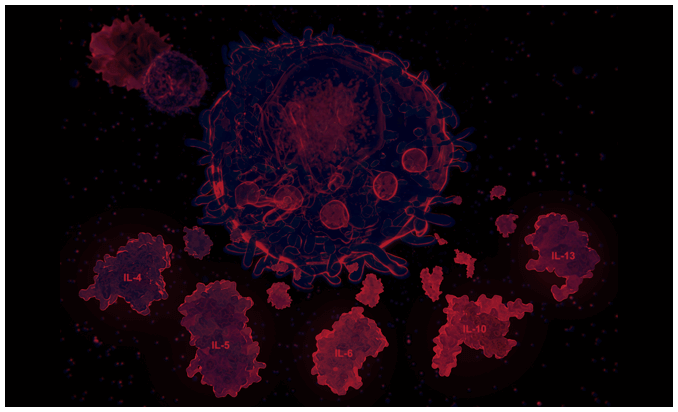
Our immune system has an exquisite mechanism which is capable of responding to various pathogens we encounter throughout our life. The normal antiviral immune response needs the activation of the inflammatory pathways of the immune system. However, an exaggerated or aberrant response of the immune system of the host can cause severe disease if it remains uncontrolled.
Cytokines are an indispensable part of the inflammatory process. Since these are produced by several immune cells, including the innate macrophages, natural killer cells, dendritic cells, and the adaptive B and T lymphocytes. While an innate immune response to a viral infection, pattern recognition receptors (PRRs) present in our body recognize different molecular structures that are characteristic of the invading virus. These molecular structures are introduced as pathogen associated molecular patterns (PAMPs).
Binding of pathogen associated molecular patterns (PAMPs) to pattern recognition receptors (PRRs) triggers the source of the inflammatory response against the invading virus resulting in the activation of several signaling pathways. And this subsequently results in transcription factors that induce the expression of genes responsible for the production of various products involved in the immune response of the host to the virus; among these are the genes encoding various proinflammatory cytokines.
Mainly, the transcription factors that get activated by the pattern recognition receptors (PRRs) are nuclear factor kB, activation protein 1, interferon response factors three and seven. These transcription factors induce the expression of genes encoding inflammatory cytokines, chemokines, and adhesion molecules. This sequence of events results in the recruitment of leukocytes and plasma proteins to the site of infection where they perform various effector functions that serve to combat the triggering infection.
Three of the most influential proinflammatory cytokines of the innate immune response are-
- Tumour Necrosis Factor alpha (TNF alpha): It is an inflammatory cytokine that is produced by monocytes or macrophages during acute inflammation. It also is responsible for a distinct range of signaling events that take place within cells, leading to apoptosis or necrosis. The protein is also vital for resistance to infection and cancers.
- Interleukin 1 alpha (IL-1 alpha): It is also known as hematopoietin 1, which is a cytokine of the interleukin 1 family that, in human beings, is encoded by the IL1A gene. Generally, Interleukin 1 is responsible for the production of inflammation and the promotion of sepsis and fever.
- IL-6 is a cytokine that shows pleiotropic activity. It influences the synthesis of acute phase proteins such as serum amyloid A, CRP, fibrinogen, and hepcidin in hepatocytes, while it inhibits the production of albumin. IL-6 also plays an important role in the acquired immune response by animating antibody production and effector T-cell development and promoting differentiation or proliferation of several non-immune cells.
The major source of these cytokines during an innate immune response includes tissue macrophages, mast cells, endothelial, and epithelial cells. The “cytokine storm” occurs from an immediate acute rise in circulating levels of different proinflammatory cytokines, including IL-6, IL-1, TNF- α, and interferon. This expansion in cytokines results in an influx of various immune cells such as neutrophils, macrophages, and T cells from the circulation into the site of infection with destructive effects on human tissue resulting from the destabilization of endothelial cell to cell interactions, damage of vascular barrier, damage of capillary, diffuse alveolar damage, multiple organ failure, and eventually death.
Lung damage is one outcome of the cytokine storm that can progress into acute lung injury or its more severe form of acute respiratory distress syndrome (ARDS). It leads to low oxygen saturation levels, which are the major cause of criticality in COVID-19. Even though ARDS’s exact mechanism in COVID-19 patients is not fully known, the excessive production of proinflammatory cytokines is considered one of the major contributing factors.
Cytokine Storm in COVID-19
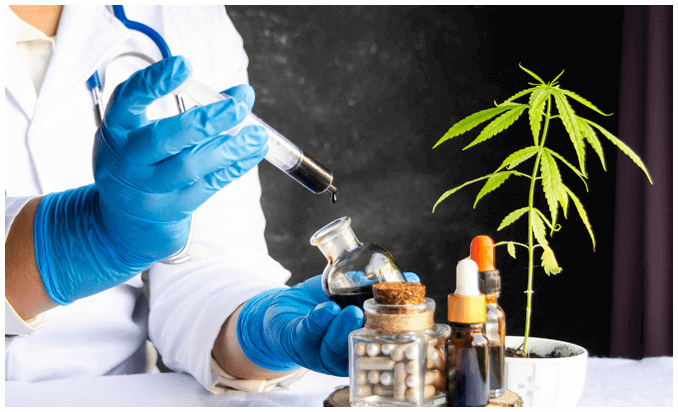
COVID-19 is continuing to be a great challenge for medical health systems all over the world, and the scenario is still becoming worse over time. The COVID-19 poses an increasing threat to human beings with a fatality rate of 6.4 percent so far. This infection is accompanied by the symptom caused by an aggressive inflammatory response resulting in the release of a large amount of proinflammatory cytokines in an event called the “cytokine storm.” The primary immune response to the SARS-CoV-2 virus is hyperactive, resulting in an extreme inflammatory reaction within the body. Many of the studies which analyzed the cytokine profiles from COVID-19 patients suggested that the cytokine storm has a direct with lung injury, multi-organ failure, and unfavorable prognosis of severe COVID-19.
Cytokine storm (CS) is a severe life-threatening condition caused by the COVID-19 virus. Because of this, the patients require intensive care, which is ultimately causing relatively high mortality rates of COVID-19 infected humans. Cytokine storm is characterized by a clinical presentation of overwhelming systemic inflammation, hemodynamic instability, hyperferritinemia, and multi-organ failure. And if it is left untreated, it even leads to death. The Cytokine storm is stimulated by an uncontrolled immune response, which results in continuous activation and expansion of immune cells, macrophages, and lymphocytes, which generate immense amounts of cytokines, resulting in a cytokine storm. Cytokine storm appears to be one of the common causes of mortality in the recently declared pandemic of COVID-19. The early recognition of the Cytokine storm and the prompt treatment can definitely lead to a better outcome.
How CBD can Help to Fight COVID-19 Virus

Cytokine storms highly impact cell communication within the body and can both deter and promote inflammation. In the case of COVID-19, due to the excessive production of inflammation-promoting molecules like the interleukins IL-1 Beta and IL-6, as well as immune cells like monocytes and neutrophils. To test the effectiveness of CBD for these cytokine storms, the researchers studied the objective measures of lung function in mice, such as the levels of proinflammatory cytokines, oxygen levels in the blood before and after treatment, as well as temperature, which is an indicator of inflammation. With CBD therapy, it was observed that oxygen levels went up, while temperatures and cytokine levels went down.
As stated by the researcher, both clinical symptoms and physical lung changes resulting from ARDS were observed to be reversed with CBD treatment. CBD promptly improved the clinical signs in the mouse models, then later, detailed studies of the lungs revealed damage to their structure, like tissue overgrowth, swelling, and scarring also had partially or totally or resolved. The researchers’ next steps include conducting similar studies on other organs impacted by COVID-19, including the gut, brain, and heart.
A larger problem with SARS-CoV-2 is rather than just killing the virus, the over-the-top immune response can instantly disable the lungs, converting them to a place where the virus is replicated rather than a site that makes oxygen accessible for our bodies and eliminates potentially harmful gases like carbon dioxide. Mechanical ventilators can take over these vital functions for a while. It will also allow critically ill people to use less energy to just breathe and have more strength to fight infection, while, ideally, the lungs recover from the attack. However, data suggests 30 to 50 percent of patients who get to the point of mechanical ventilation don’t survive.
They looked at objective measures of lung function in mice like levels of proinflammatory cytokines, oxygen levels in the blood before and after treatment, as well as temperature, an indicator of inflammation. Oxygen levels went up, while temperatures and cytokine levels went down with CBD therapy. Several days later, a more detailed analysis of the lungs reinforced the reduction of key indicators of destructive inflammation, which their model, like the virus, drove way up, including reduced levels of IL-6 and infiltrating neutrophils.
In fact, both clinical symptoms and physical lung changes resulting from ARDS were reversed with CBD treatment, they say.
Their research model was created with the help of a synthetic immunostimulant analog of double-stranded RNA called POLY (I:C) (Polyinosinic:polycytidylic acid). In humans, our single-stranded RNA carries out the instruction of our DNA to make specific proteins, and our double-stranded DNA contains our genetic information. As stated by Dr. Baban, in the case of the COVID-19 virus, the double-stranded RNA carries the genetic material which is required to reproduce the viruses and attacks the cell machinery of the human body to do that.
According to him, the natural instinct of the COVID-19 virus is to make more like itself into our bodies. It intertwines with our DNA to make the cell create food and everything that it needs to survive and expand. Since viruses also tend to have a tissue or tissues they prefer, some can and do go anywhere, and for COVID-19, the tissues of the lungs are high on the list.
Since human bodies are not used to this double-stranded RNA, therefore, like the virus, POLY (I:C) gets the immediate and extreme attention of toll-like receptor 3, it is a family of receptors that helps the human body to recognize intruders like a virus and activate our frontline, the innate immune response to fight against it. Dr. Baban also adds that the fact that the coronaviruses are literally big in size and have the most massive known viral RNA genome till time to make such a vigorous cytokine and immune response both plausible and probable in order to affect the human body.
In their research model, the mice received three, one dose per day of POLY (I:C) through the nasal passageway. Initially, CBD was given by a shot in the abdomen, two hours later, the first dose was given. After the second POLY (I:C) treatment, then each dose was given every other day for a total of three days in a process that sought to mimic mice getting treatment about the time a human would begin to experience trouble breathing and likely seek medical care. Given too early, CBD might actually interfere with a proper immune response against the virus, as stated by Yu.
The reason why CBD is considered to be useful in soothing the immune response is that it looks similar to endocannabinoids. Endocannabinoid is a natural cell signaling system in human bodies deemed to be implicated in a wide variety of functions, from sleep to reproduction to inflammation and immune response. CB1 and CB2, the central receptors for this system, are found widely throughout the human body, including the brain and respiratory system, where we breathe in manmade and natural irritants in the air as well as viruses and bacteria that might irritate. As stated by Dr. Yu, that even though explaining the workings of the natural endocannabinoid system is still very much a work in progress, it is yet thought that one way CBD works to reduce seizures, for example, is indirectly through a large number of CB1 receptors present in our brain.
While knowing more about the workings of the natural endocannabinoid system is still very much a work in progress, it is thought that CBD can act upon these receptors. Since CBD is available without a prescription and is used to treat problems like seizures as well as Crohn’s, Parkinson’s, and other conditions where pain and/or inflammation are a primary factor. It is derived from the hemp and cannabis plant, which are essentially the same. However, hemp has a much lower concentration of the THC in it. Other researchers have shown the calming effect of CBD, for instance, it can block IL-6 in other models of inflammatory disease.
Harnessing the Medicinal Uses of CBD
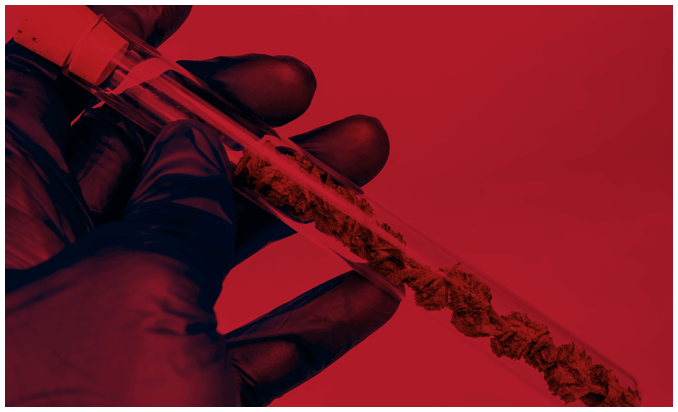
Researchers of the University of Lethbridge in Alberta, Canada, have studied various strains of cannabis for medicinal effects. The research team screened during the Lethbridge study, that when the cannabis Sativa extracts were used on artificial 3D models of human oral, intestinal, and airway tissues, 13 of the extracts high in CBD were capable of efficiently modulating Angiotensin-converting enzyme 2 (ACE2). Since ACE2 has been identified as the SARS-CoV-2 receptor, the primary infective agent responsible for coronavirus disease, providing a critical link between immunity, inflammation, ACE2, and cardiovascular disease.
Nevertheless, as those extracts are high in CBD and notably low in THC content, people would not be affected by the high associated with cannabis. The study has yet to be verified, but the team believes that these sativa lines could be used to develop such preventive treatments as mouthwashes or “throat-gargle” solutions. The team concluded that given the current dire and evolving epidemiological situation, every possible therapeutic opportunity and avenue must be considered. The university research was carried out in partnership with Pathway, a company working to advance cannabis-centric treatments for several diseases.
According to Dr. Kovalchuck, there’s a lot of documented information about cannabis in cancer, cannabis in inflammation, anxiety, obesity, and much more. And given the increasing awareness of CBD’s effectiveness for pain and combating various other issues, including anxiety and arthritis, lends extra credibility to the products that suggest.
If the research is verified positively by peers and sparks additional studies into combating COVID-19 with CBD, it could further challenge common negative perceptions of cannabis.
Conclusion
With this model being an early study, more research needs to be carried out, particularly on human subjects with COVID-19 related ARDS, to verify and develop this therapeutic strategy. Also, this further evidence on the additional health benefits of CBD provides hope of not only COVID-19 but other illnesses as well, hopefully ceasing the stigma of this enlightening cannabis plant. Although the claims that CBD can fight against the novel COVID-19 pandemic are far-fetched at the moment. Undeniably there are benefits for those battling with the state of the world today. Through understanding all the potential pros and cons, any person can make an informed decision if they want to buy CBD in COVID times.


